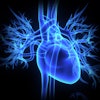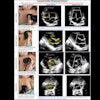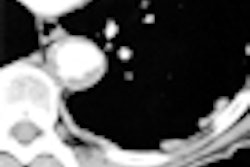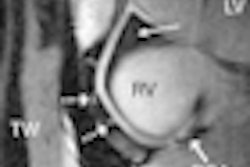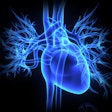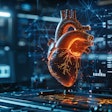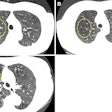Dear Cardiac Imaging Insider,
Not all radiation dose reduction is high tech. Significant cuts in cardiac imaging dose are sometimes born of small steps and simple tricks -- and from this perspective, fluoroscopically guided procedures are a great place to start.
In a report from this week's American Heart Association (AHA) scientific sessions, AuntMinnie.com contributing writer Ed Susman reports on a study from the Children's Hospital of Philadelphia. In one example, operators were alerted when radiation doses approached predefined levels. The team found big effects in electrophysiology studies and balloon ablation procedures. Get the rest of the story by clicking here.
Another big source of radiation exposure is myocardial perfusion imaging (MPI), though SPECT MPI's generally high radiation doses have attracted little notice amid the image noise that amplifies anything remotely related to CT dose.
In a major new study from the Journal of the American Medical Association, researchers from Columbia University Medical Center and other New York City institutions reassembled 20 years of imaging exams -- from x-ray to CT and MPI -- in more than 1,000 heart patients who underwent at least one MPI scan since 1988.
The results are an eye-opening look at just how high radiation doses can go in heart patients who undergo repeat MPI scans over time. Don't miss the rest of the story in this issue's Insider Exclusive.
Meanwhile, a new French study found that CT is highly sensitive and specific for identifying cardiac and arterial sources of ischemic stroke. For more, click here.
In cardiac MRI, a story by features editor Wayne Forrest looks at the use of 7-tesla MRI for coronary artery imaging. You'll find the results versus 3-tesla MRI and some nice images here.
We invite you to scroll through the links below for more news in cardiac imaging -- and be sure to check back later in the week for more news from AHA in Chicago -- all in your Cardiac Imaging Digital Community.
